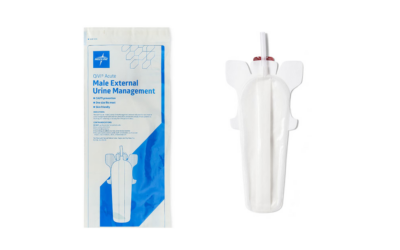
By David Schicht
Modern techniques and procedures, such as minimally invasive surgery (MIS), have reduced costs, complications and length of stay, but have also increased the pieces of equipment required in today’s operating room (OR). Surgical teams struggle to work around multiple lights, booms, monitors, C-arms, endoscopy carts and other medical devices, not to mention the surgical table holding the patient.
Since the OR is the number one driver of financial outcomes, it is critical for health care organizations to optimize efficiently in ORs. Whether a facility is revamping existing ORs, or building a completely new space, below are five top considerations for OR design with a focus on improved workflow and patient safety.
- User Input: When it comes to OR design, it is critical to listen to what the customer needs, understanding that the customer is not only the manager making the decisions, but also the staff members who will be working in the room. However, in many cases, the end users become involved far too late in the process, after the architect or equipment planner has already finalized the room layout. To help design an OR that not only looks good but functions as intended, designers should gain insights from a multidisciplinary team of clinicians, including surgeons, nurses, anesthesiologists, perfusionists and surgical technicians. It is also important to select a design partner who employs experienced perioperative experts to help your team successfully marry form and function.
- Standardization: Throughout the care continuum, health care organizations are working to standardize on products and processes in order to reduce costs and waste while enhancing patient care. As in any care area, physician preference can lead to a wide variety of equipment from many different manufacturers cluttering an OR. An OR redesign or rebuild presents an ideal opportunity to wipe the slate clean and standardize on equipment based on the overall needs of the facility and its patients, versus the individual preferences of physicians. Common user interfaces and accessories not only free up valuable OR space, but can also help reduce the risk for errors, shorten training time and boost productivity.
- Location, Location, Location: Since not all of the equipment in an OR will be used at all times, OR design must take into account the complete workflow and both “parking” and “usage” locations. While it is important to have a piece of equipment accessible when needed, it is also important that it can be easily and safely moved out of the way when not in use. The use of a virtual design center with 3D drawings of the proposed OR helps staff members visualize the proposed space and address these issues well before any equipment enters the room.
- Connectivity: In today’s data driven health care environment, OR design must also take into consideration connected technologies that acquire, process and present information to the surgical team for informed decision making. In the OR, data should be available across multiple platforms to support real-time decision-making. OR design should include system connectivity to the hospital information system (HIS) in order to support clinical documentation, as well as operational and financial processes (e.g. patient billing, reimbursement).
- Change Management: When designing an OR, take into account that requirements will change – whether it is due to surgical team turnover or the emergence of procedures requiring new technologies. Artificial intelligence (AI) and augmented reality (AR) are entering the OR, medical robots are becoming standard of care and the use of “Big Data” are reshaping the way clinicians care for patients, most notably OR workflow. As a result, health care organizations must ensure that the ORs they design and build today are flexible enough to adapt to these changes, and accommodate further innovations that emerge down the road.
– David Schicht is the Senior Marketing Manager, Workplace Infrastructure, Dräger.








